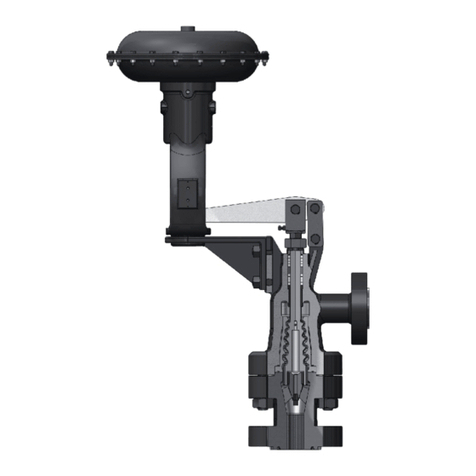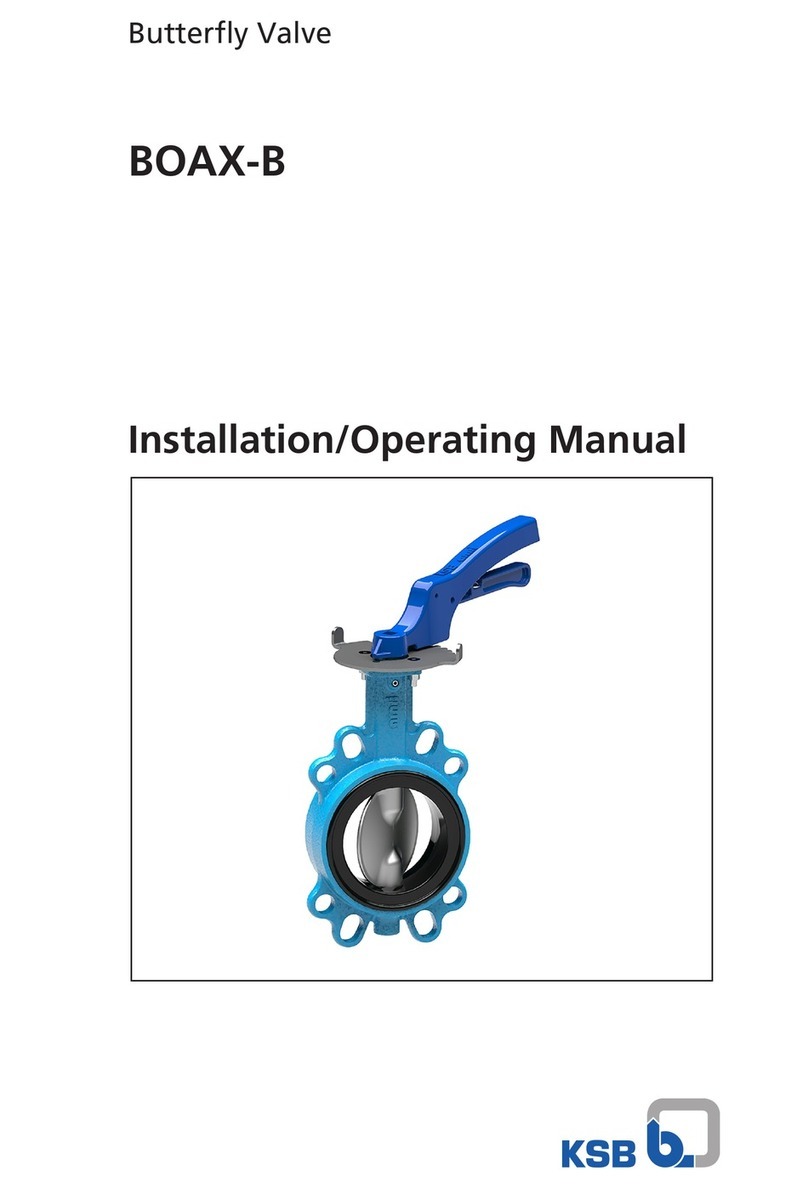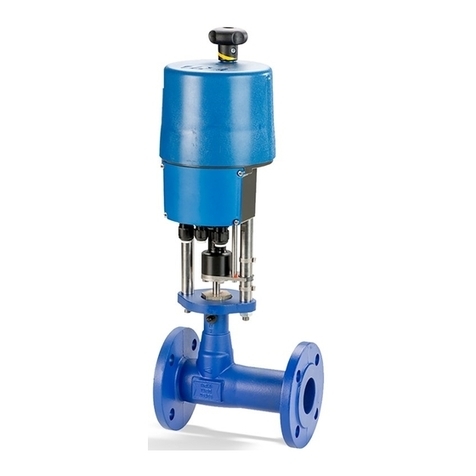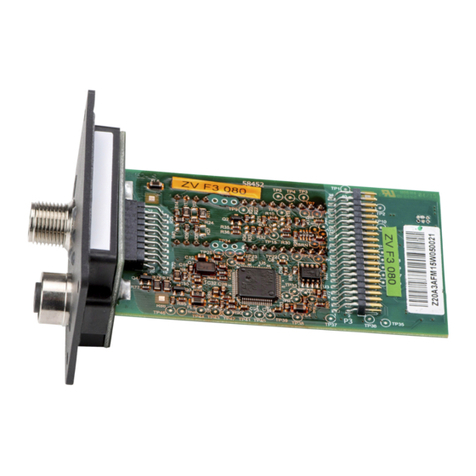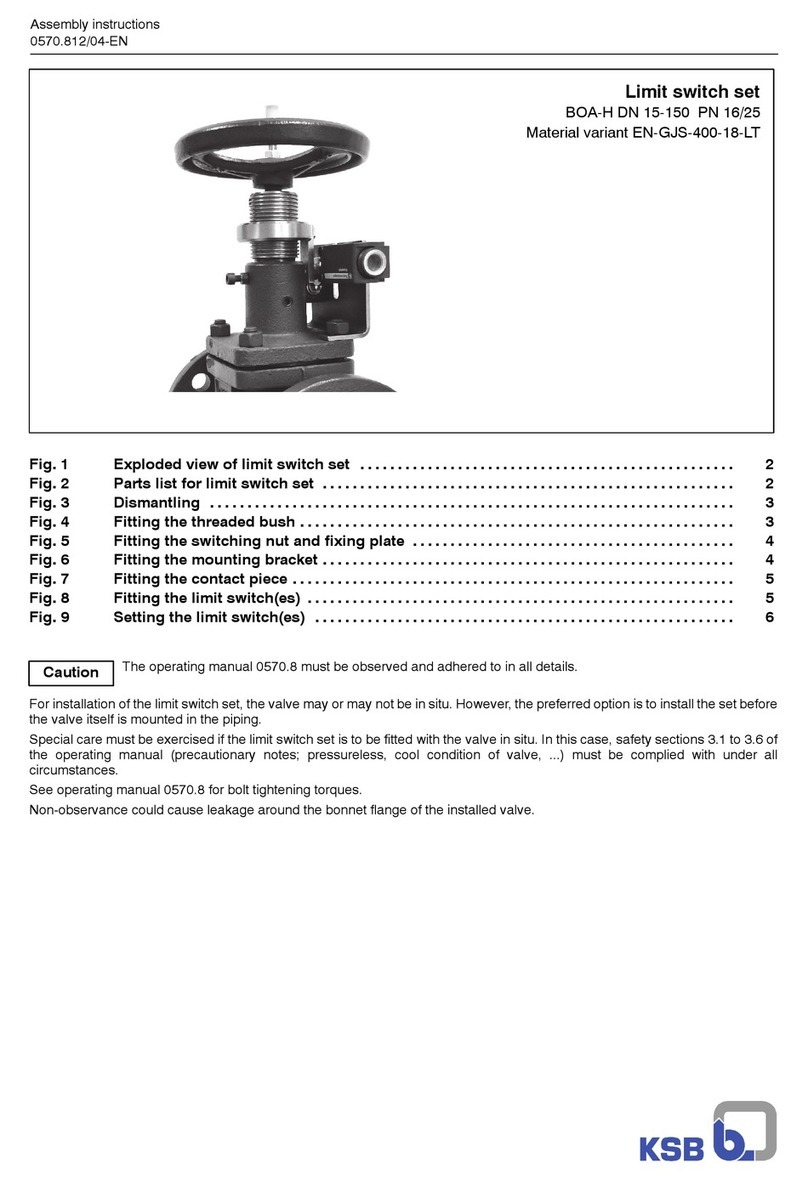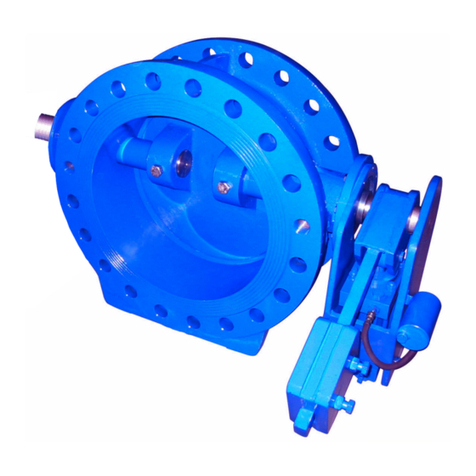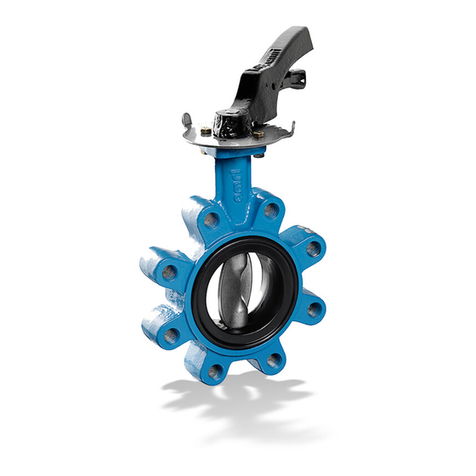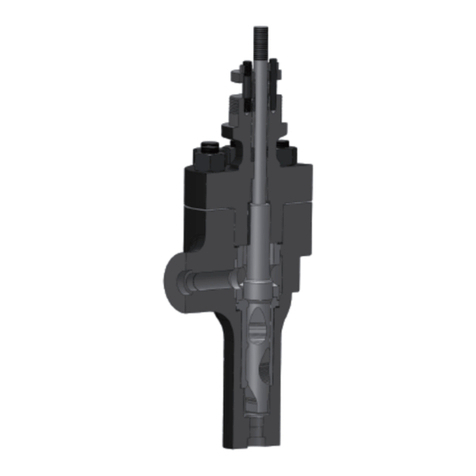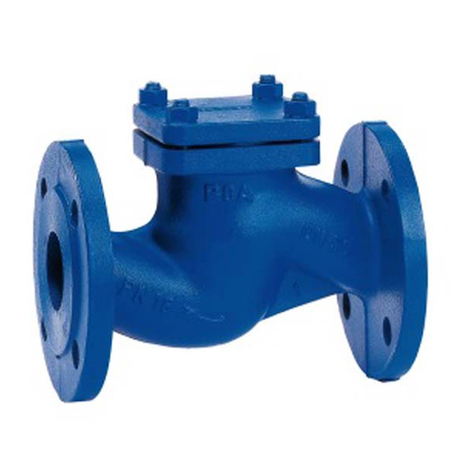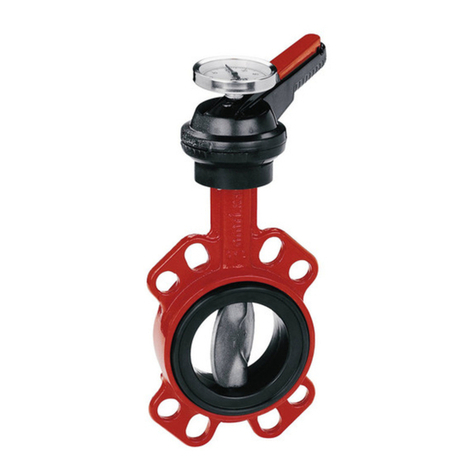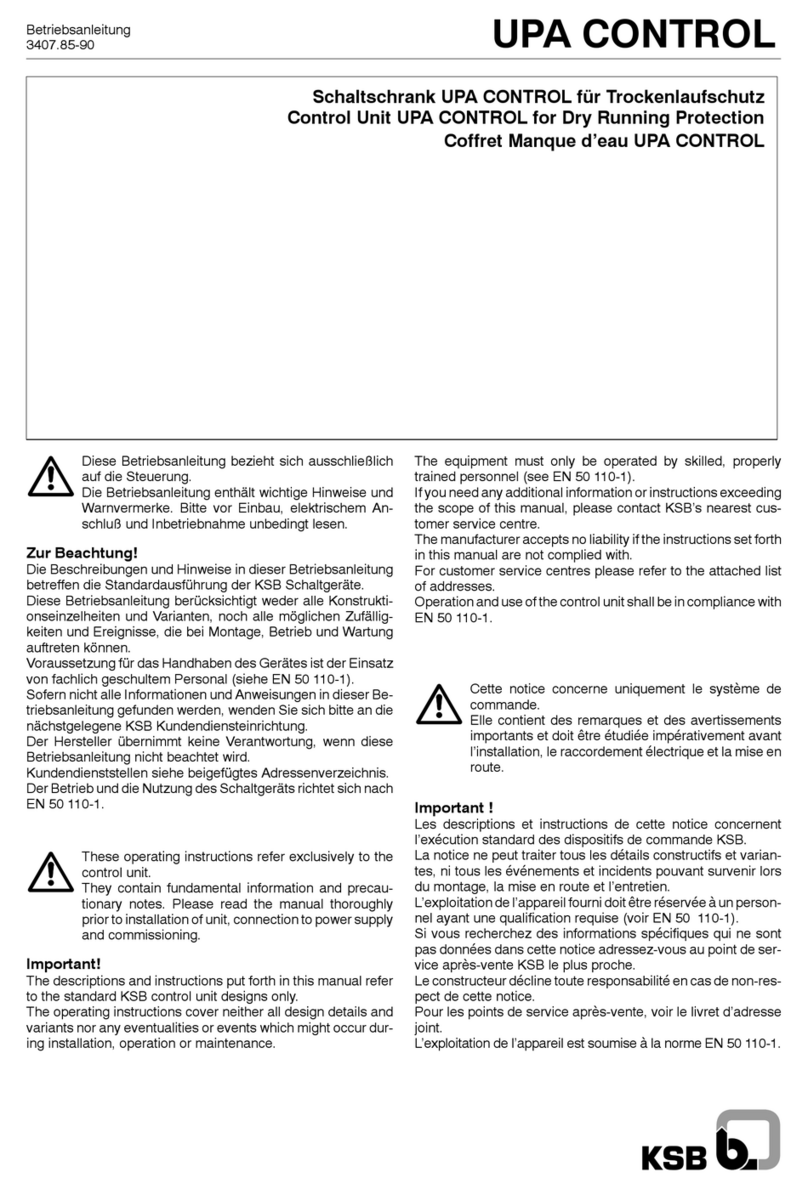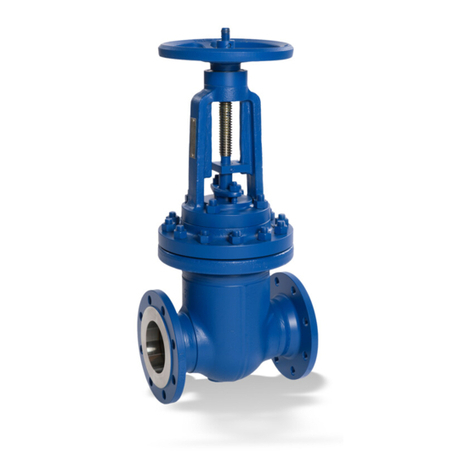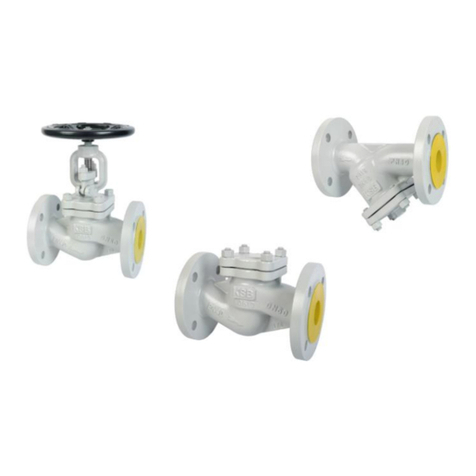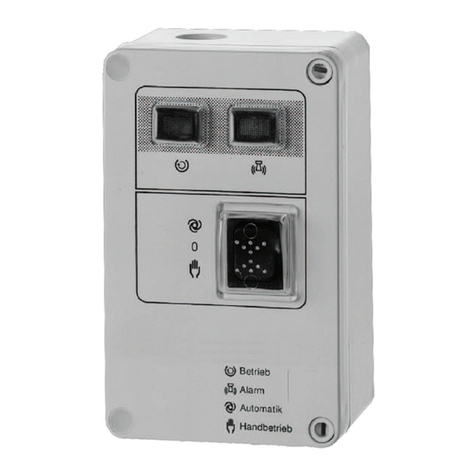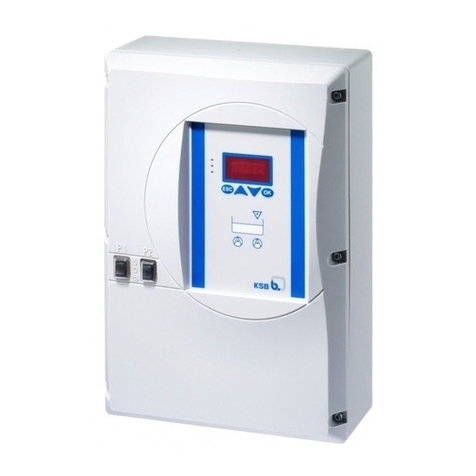Contents
3 of 40
LevelControl Basic 2
Contents
1 General.................................................................................................................................................... 4
2 Safety...................................................................................................................................................... 5
2.1 General..............................................................................................................................................................5
3 Transport/Temporary Storage/Disposal............................................................................................... 6
3.1 Condition upon delivery ..................................................................................................................................6
3.2 Transport...........................................................................................................................................................6
3.3 Storage..............................................................................................................................................................6
4 Description ............................................................................................................................................. 7
4.1 Compatibility ....................................................................................................................................................7
4.2 General description ..........................................................................................................................................7
4.3 Technical data...................................................................................................................................................9
5 Installation at Site................................................................................................................................ 11
5.1 Connecting the signalling module ................................................................................................................11
5.2 Connecting the current measuring module..................................................................................................13
6 Commissioning/Start-up/Shutdown................................................................................................... 15
6.1 Commissioning/start-up .................................................................................................................................15
6.2 Shutdown........................................................................................................................................................15
7 Operation.............................................................................................................................................. 17
7.1 Extensions with signalling/current measuring module................................................................................17
7.1.1 Menu extension .................................................................................................................................17
7.1.2 Additional functions ..........................................................................................................................17
8 Servicing/Maintenance........................................................................................................................ 28
8.1 Maintenance/inspection measures ................................................................................................................28
9 Trouble-shooting.................................................................................................................................. 29
10 Related Documents.............................................................................................................................. 30
10.1 Wiring diagram/terminal diagram ................................................................................................................30
10.1.1 Individual signals - control board display (example) .......................................................................30
10.1.2 Analog output....................................................................................................................................30
10.1.3 Three-phase current measurement...................................................................................................31
10.1.4 Single-phase current measurement ..................................................................................................32
10.1.5 Field bus connection ..........................................................................................................................32
10.1.6 Redundant pneumatic level measurement ......................................................................................33
10.1.7 Partially redundant bubbler system..................................................................................................35
Index ..................................................................................................................................................... 37
